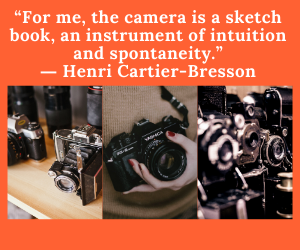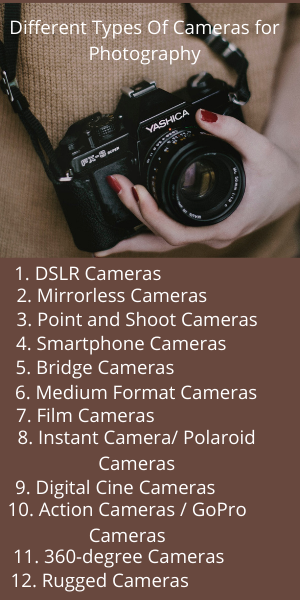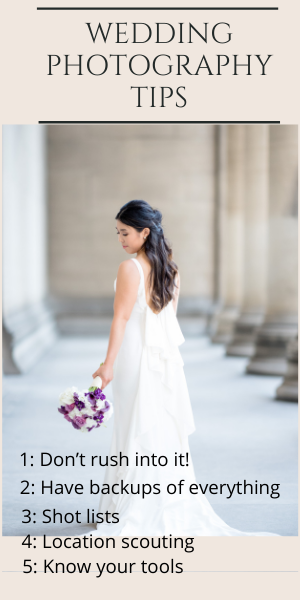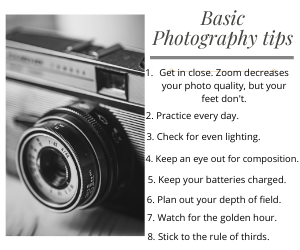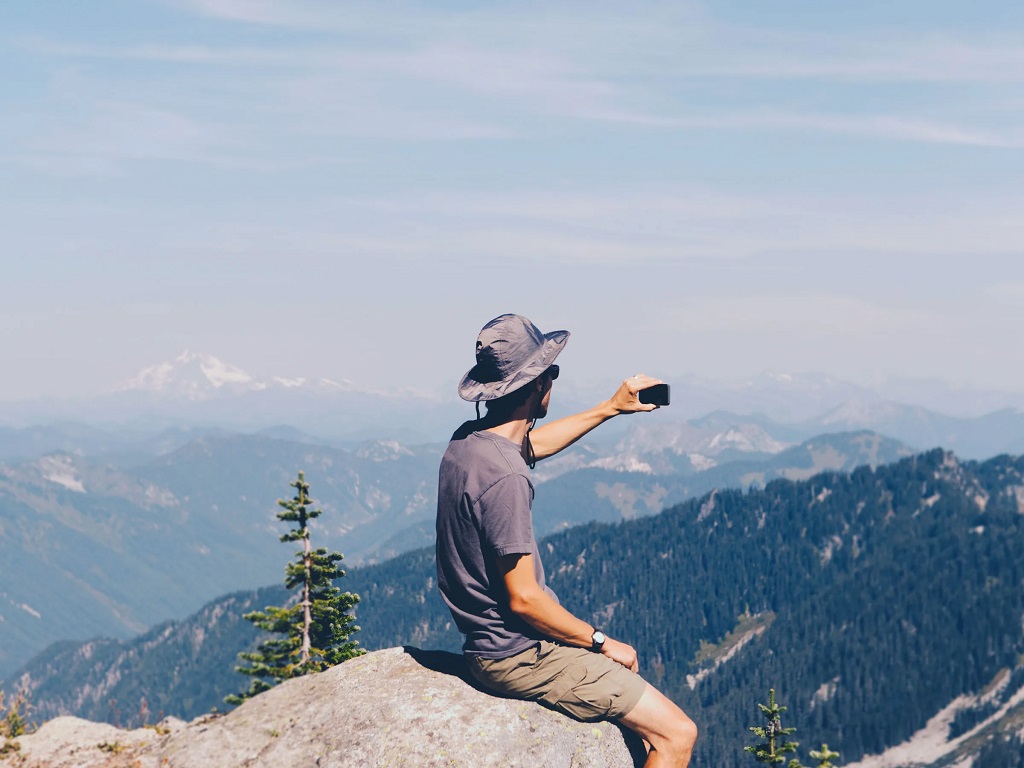
What Do You Call in the Moment Photography
Life is made up of moments. Some stretch on for years, while others last merely a fraction of a second. Humans fundamentally desire to hold onto these moments – to preserve memories, encapsulate emotions, and relive meaningful events. This is where photography comes in at the moment.
What Is In the Moment Photography?

In-the-moment, candid photography captures authentic, unplanned moments as they unfold in real time. Rather than posing subjects or orchestrating scenes, the photographer acts as an observer, seizing spur-of-the-moment shots that convey the essence of a place, event, or emotion.
Unlike staged photography, in-the-moment photos are entirely natural and unfiltered. They encapsulate fleeting instants often overlooked in daily life’s bustle: a toddler’s infectious giggling, an intimate glance between lovers, or the golden glow of sunset over the city. The resulting images have an immediacy and genuineness that staged photos often lack.
Characteristics of In-the-Moment Photography
- Captures unscripted, spontaneous moments as they happen
- Conveys authentic emotion and body language
- Do not manipulate or pose subjects
- Focuses on split-second instants rather than artificially prolonged moments
- It relies on the photographer’s observational skills and ability to anticipate critical moments
- Results in images that tell a candid story or make an emotional impact
Why Is In the Moment Photography So Powerful?
What makes in-the-moment photography so poignant and compelling? Here are some of the factors that give this genre its power.
It’s Real
At the moment, shots are slices of reality. Rather than posing models or choosing flattering angles, the photographer captures subjects just as they are, flaws and all. This rawness gives the images an unparalleled authenticity. Even imperfections can add to the beauty and emotional impact of the photo.
It’s Spontaneous
Since moments are fleeting, in the moment, photographers must act in an instant. This spontaneity infuses the images with a sense of energy and unpredictability. The observer has no time to idealize the scene – they react and capture the moment just as it unfolds.
It Conveys Emotion
Unplanned moments are often high in emotion. Arguments, laughter, intimacy, despair, joy – these feelings are revealed in candid gestures and expressions. At the moment, photos harness this emotional depth in a problematic way to achieve with posed images.
It Tells a Story
Though they capture merely a fraction of a second, at the moment, photos imply a broader context and story. A glance conveys a thousand words about the relationship between two people. An expression reveals a pivotal instant in an unfolding event. These photos allow viewers to imagine and interpret the broader narrative by freezing time.
It Captures the Decisive Moment
The famous photographer Henri Cartier-Bresson coined the term “the decisive moment” to describe the instant when the elements of a scene align perfectly to capture the essence of an event. At the moment, photographers wait for these fleeting yet profoundly meaningful decisive moments.
Skills and Techniques of In-the-Moment Photographers
Photographing unscripted moments requires specialized skills. Here are some techniques and best practices that allow photographers to reliably capture powerful, compelling images.
Observation
Keen observation skills allow the photographer to notice intriguing moments as they arise and determine which have photographic potential. Observation involves all the senses – watching body language, listening for telling sounds and being attuned to shifts in mood and energy.
Anticipation
Since moments happen quickly, photographers must anticipate their arrival and prepare to capture them. Familiarity with the setting helps predict critical events. At a party, for instance, experienced photographers may expect candid interactions as guests get comfortable.
Speed and Reflexes
Reacting rapidly is crucial for seizing fleeting moments. Photographers must swiftly bring the camera into position and adjust settings like focus, exposure, and composition as the moment unfolds. Fast reflexes and muscle memory help capture moments before they slip away.
Technical Settings
Choosing the correct camera settings facilitates spontaneity. Generally, high ISO, wide aperture, and fast shutter speed allow photographers to freeze motion and work quickly in any lighting. Prefocusing on an anticipated point saves time as well.
Vantage Point
Finding a location with a clear view of anticipated moments allows the photographer to blend into the scene. Shooting from an unexpected angle can also lend a unique perspective to candid shots.
Discretion
To capture authentic moments, the photographer must blend into the background. Subtle body language, conservative movements, and silent operation help subjects carry on naturally, unaware of the camera’s presence.
Emotional Connection
Connecting with the subject’s inner experience is critical. At the moment, photographers document visible gestures and intuit the emotions and context behind them. This emotional insight brings power and depth to the images.
Post-Processing
Some photos benefit from subtle post-processing, like color correction and cropping, to better accentuate the decisive moment—however, excessive editing sacrifices the desired naturalness, so a delicate touch is required.
Types of In-the-Moment Photography
At the moment, photography thrives in a range of genres and settings. Here are some common categories:
Street Photography
They are roaming public spaces and capturing candid moments of daily life. Subjects are often strangers going about mundane routines. Photographers may go unnoticed or interact briefly.
Documentary Photography
We document unscripted events, like news events, travel experiences, and political/historical happenings. The focus is on creating an authentic visual record rather than achieving highly artistic shots.
Social Event Photography
I photographed candid moments at parties, weddings, performances, and other social gatherings. Interactive settings with emotional individuals provide abundant spontaneous photo opportunities.
Sports/Action Photography
I am capturing unposed, peak moments of athletic achievement and competition. Requires advanced technical skill to freeze high-speed motion at decisive instants.
Lifestyle Photography
I was photographing unstaged moments that convey the subject’s essence and way of life. It often incorporates portraits and shots of daily routines and meaningful spaces.
Nature Photography
We are capturing animals and landscapes candidly, without human direction. Moments like a bird taking flight or a sunset peeking through clouds provide natural spontaneity.
Street Portraiture
They are capturing compelling portraits of strangers encountered in public spaces. Subjects are photographed just as they are found, highlighting personality and individuality.
Travel Photography
We are documenting candid moments that capture the spirit of a place. Authentic shots of people, interactions, and daily routines reveal intimate aspects of a travel destination.
Tips for Capturing Powerful In-the-Moment Photographs
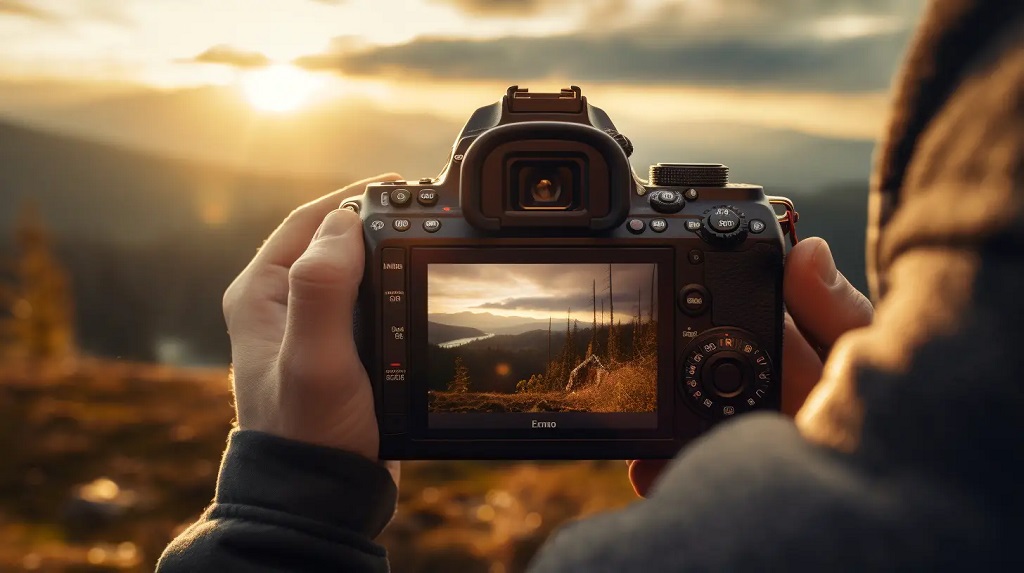
At the moment, photography is challenging but immensely rewarding. Here are some tips to hone your skills and capture profound, compelling, candid moments:
Scan the Scene
Actively survey your surroundings, looking for promising moments about to emerge. The more you look, the more moments you’ll notice and be ready to capture.
Wait Patiently
Much of in-the-moment photography involves waiting patiently for the right instant to emerge. Don’t force shots. Let scenes develop naturally until the precise moment to press the shutter.
Master Your Camera
Practice using camera controls like focus, exposure, drive mode, and white balance until operation is second nature. This mastery will help you work quickly.
Shoot Continuously
When anticipating a critical moment, shoot in continuous drive mode to capture a rapid sequence of images as the action unfolds. This increases the odds of capturing the decisive moment.
Shoot Candidly
Avoid interfering with the scene. Subjects will relax, and moments will flow more naturally if they are unaware of the camera.
Pay Attention to Lighting
Notice how light and shadows influence mood and composition. Seek out backgrounds and lighting that complement candid moments.
Connect With People
Relate to your subjects and their experiences. Your intuition and empathy will enrich the moment and empower you to capture it profoundly.
Anticipate Action
Learn to predict impending movements so you can prepare the framing and settings. Pay attention to details like muscle tension that signal action.
Embrace Spontaneity
Don’t fight the unpredictability of moments. Allow them to unfold naturally, and let your photography flow freely. Spontaneity creates the most authentic images.
Be Steady Yet Nimble
Carry yourself smoothly to avoid distracting motion. But also be agile enough to react and reposition your camera swiftly. Practice until this becomes second nature.
Common Challenges When Starting In the Moment Photography
As rewarding as candid photography is, the beginner learning curve presents some common obstacles. Being aware of these challenges is the first step to overcoming them.
Getting in the Right Position
New photographers often find it challenging to anticipate moment locations and get close enough to capture critical details. However, experience will teach you to predict behaviors and optimize your positioning.
Acting Discreetly
It’s easy for beginners to telegraph their intentions when trying to act discreetly. With practice, your camera handling and movements will become subtle and natural. Subjects won’t feel like they’re being “targeted.”
Timing the Moment
Developing an intuitive sense of when a moment will occur takes time. Be patient and keep practicing. Look for visual cues that signal an impending moment. Your timing will improve.
Getting the Settings Right
In fast-moving moments, there’s no time to adjust settings between shots. Master your camera so changing focus, exposure, and other settings becomes automatic and intuitive. With experience, your technical skills will become second nature.
Capturing Expressions
The most impactful in-the-moment photos often hinge on capturing a telling expression. But fleeting microexpressions are easily missed. Keep observing people to recognize subtle facial cues and be ready to catch them.
Overthinking
Overanalyzing each moment can lead you to miss shots. Learn to balance planning with going with the flow. Follow your instincts, and don’t let too much thinking delay you.
Identifying Moments
Beginners often have trouble distinguishing everyday events from poignant photographic moments. Immerse yourself regularly in the setting you want to photograph. Over time, you’ll learn to recognize powerful moments.
FAQs
What camera is best for in-the-moment photography?
A DSLR or mirrorless camera with high-speed shooting capabilities lets you capture spur-of-the-moment shots. Models with excellent autofocus tracking help keep moving subjects in focus.
What lens is best?
A versatile mid-range zoom lens like a 24-70mm f/2.8 lets you quickly frame various spontaneous moments. Prime lenses with wide apertures excel as well.
What camera settings should I use?
Increase your ISO to compensate for changing light. Use a wide aperture (f/2.8-f/5.6) for a fast shutter speed. Choose a quick shutter speed (1/500s or faster) to freeze motion.
How do I set focus?
Use continuous autofocus mode to track moving subjects. Area focus mode lets you quickly focus on off-center subjects based on composition. Prefocusing on a spot where action may occur can be helpful, too.
What’s the best way to go unnoticed?
Move quietly and smoothly to avoid distracting subjects. Don’t make prolonged eye contact. Act like you’re photographing something else while waiting discreetly. Be patient and let moments come to you.
Is editing allowed?
Light editing, like cropping, color/contrast adjustments, and slight sharpening, is fine as long as the moment’s authenticity is preserved. Avoid excessive retouching or manipulations.
Conclusion
At the moment, photography magnificently captures the brief yet profound moments that comprise our lives. Mastering the specialized techniques allows photographers to reveal authentic emotion and tell vivid human stories through images. While challenging, improving your candid photography skills is tremendously rewarding. With practice and patience, you can hone your ability to recognize and freeze mesmerizing moments as they unfold. So grab your camera and start exploring the world around you through the lens of in-the-moment photography, enhancing your creative journey with the Six Best Free Luminar Presets for Photography. Unforgettable moments are everywhere – you must be ready to capture them.
